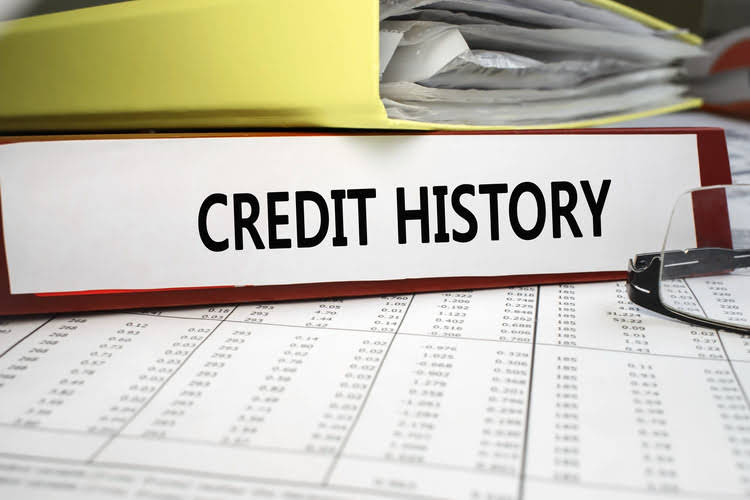In addition, this will help you in financial planning by comparing existing data with the previous financial records. It also helps you keep track of expenses, revenue growth, and potential debt. Your financial records will also be essential for financial analysis because they keep a record of all the transactions. In this article, we will discuss bookkeeping and a chart of accounts for a consulting business. Your startup’s chart of accounts (COA) is like a roadmap to your financial data. A chart of accounts is a comprehensive list of all the accounts (assets, liabilities, equity, revenue, and expenses) used by your startup to record financial transactions in your startup’s general ledger.
Marketing/Sales Expenses
- Charts of accounts and bookkeeping are essential for consulting businesses as they aid in financial planning and budgeting.
- As published in our monthly GDP release, there was strong growth in February 2024 where Monthly Business Survey (MBS) data showed strength in the land transport services industry.
- Then have a second payroll cost in the general and administrative section of your chart of accounts.
- The growth in this subsector was driven mostly by legal activities, and scientific research and development.
Most new owners start with one or two broad categories, like “sales” and “services.” While some types of income are easy and cheap to generate, others require considerable effort, time, and expense. It may make sense to create separate line items in your chart of accounts bookkeeping for consultants for different types of income. A chart of accounts, or COA, is a list of all your company’s accounts, together in one place, that is a part of your business’s general ledger. It provides you with a birds eye view of every area of your business that spends or makes money.

The Best Chart of Accounts for Service Businesses
For example, if depreciation is $50 per month and sales are $500 per month, depreciation is 10% of sales. If sales spike to $1,000 one month, depreciation is still $50 and is now only 5% of sales. In that situation, sales—not production efficiency or better estimating—has changed gross margin. That can be misleading, especially if production supervisors are compensated on margin metrics. These are familiar sentiments to anyone who has sat through a few financial meetings. The discussion flows and inevitably someone says “It would be nice if we could see…” The CFO gets an exasperated expression on their face and writes the request on their notepad.
Free Video Course: Unlock Your Financial Story
In the interest of not messing up your books, it’s best to wait until the end of the year to delete old accounts. An expense account balance, for example, shows how much money has been spent to operate your business, whereas a liabilities account balance shows how much money your business still owes. Let’s look back in history to see how people came to the idea of having the chart of accounts https://www.bookstime.com/ as an accounting necessity. As mentioned, all accounts in the COA are typically arranged in a hierarchical order for easy navigation and reporting. It often follows a pattern where the first digit represents the major category, and subsequent digits provide more detail. Current liabilities are short-term debts (a company should pay off within a year), like bills and short-term loans.
- Growth in the latest quarter was driven by a 1.1% increase in taxes (mainly Value Added Tax) and a 2.0% decline in subsidies.
- Moreover, a chart of accounts lists the general ledger accounts for an organization in a structured manner.
- Another important point about your chart of accounts is that they are generally standardized across businesses.
- Most new owners start with one or two broad categories, like “sales” and “services.” While some types of income are easy and cheap to generate, others require considerable effort, time, and expense.
Catch Up Bookkeeping: All You Wanted to Know About Catch Up (Catch-up) Bookkeeping
Revenue and expense accounts are listed next and make up the income statement, which provides insight into a business’s profitability over time. Sales allowances and discounts should also be included along with sales revenue to have a clear picture in front of you, and all the discrepancies can be accounted for easily. If you buy business supplies, that transaction will be recorded in an expense account. Making duplicate categories or accidentally filing an expense in the wrong category are common bookkeeping mistakes.
The Top 7 Reasons You Need a Mentor as a Small Business Owner
High Level SaaS Chart of Accounts Map
#1 – An online retailer

